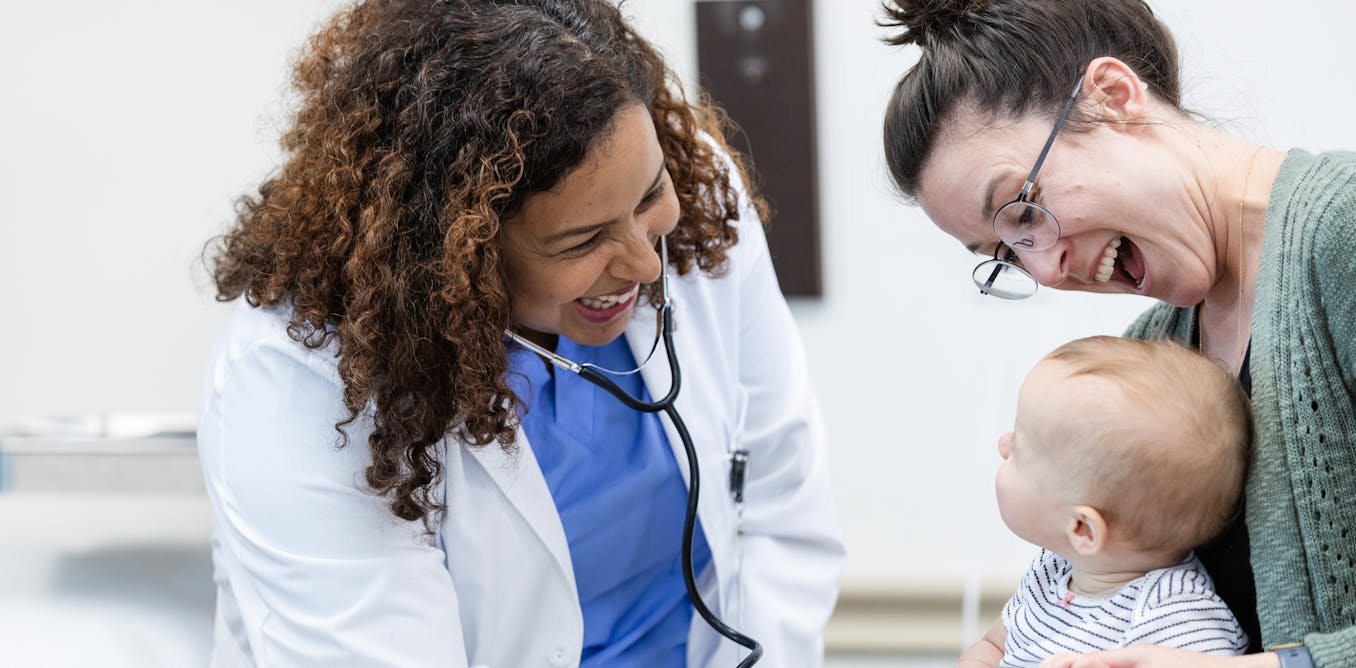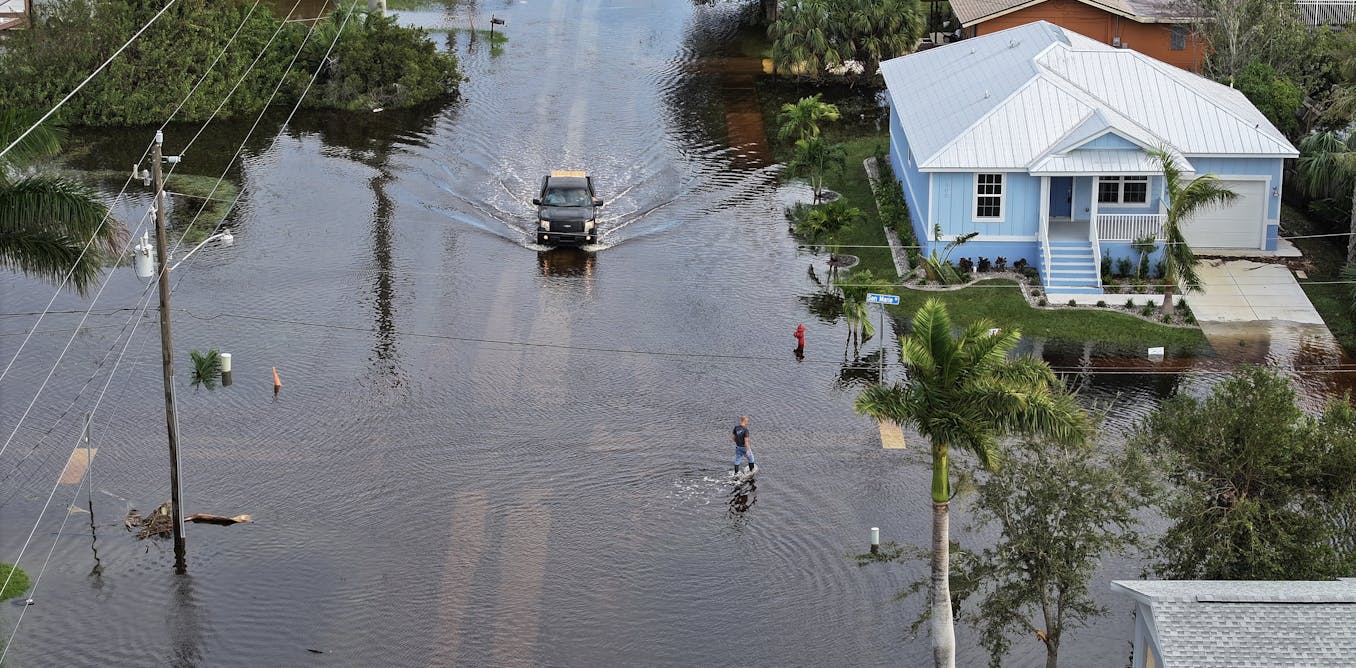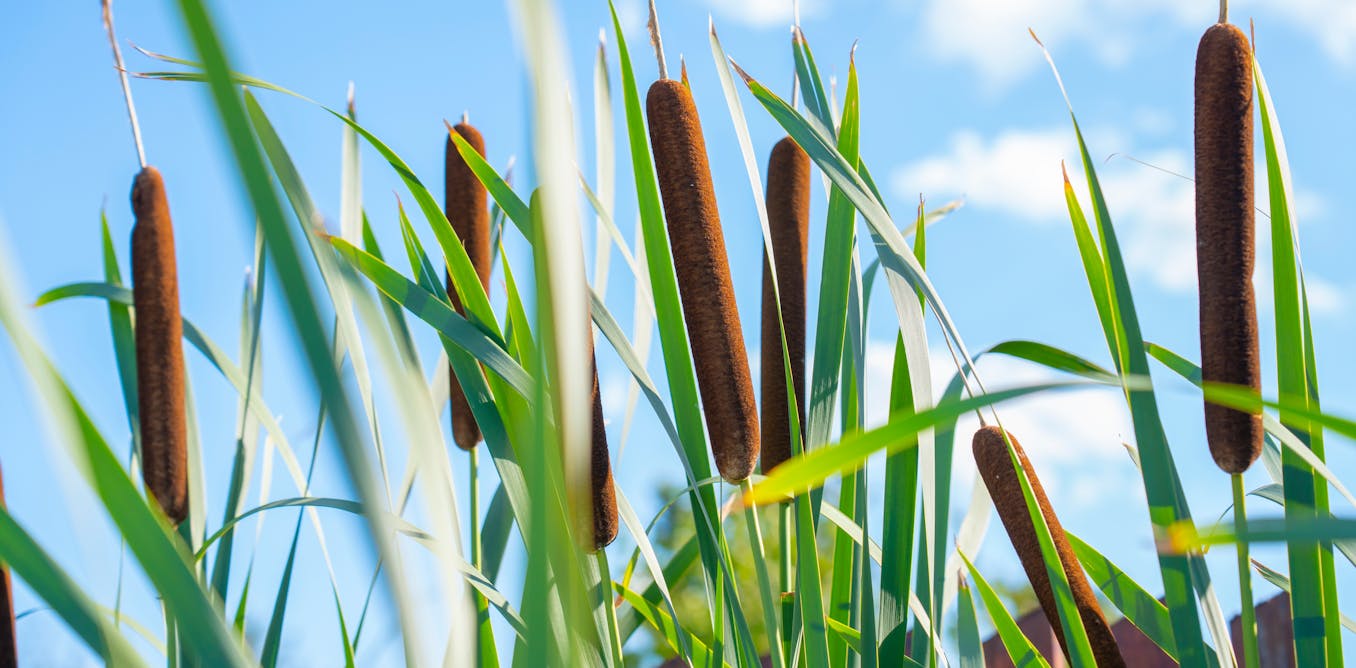One of the most pressing issues of our time is the wild meat trade. Why? Because it’s consumed by millions and puts billions at risk from emerging diseases. It provides food and income for some of the poorest and most remote communities in Africa and Asia, yet over-exploitation makes ecosystems unstable and threatens the destruction of endangered species.
In Africa, wild meat hunting is driven mostly by protein and meat scarcity (“the poor man’s meat”). In some regions, like east and south-east Asia, it can be found in restaurants, offered as high-priced exotic delicacies (“the rich man’s status”).
But consuming wild meat also poses great dangers and challenges. The global wild meat trade can drive biodiversity loss, fuel illegal markets and spread diseases. The wildlife trade and so-called wet markets, where wild animals and wild meat are often sold, are conducive to the emergence of diseases, such as Ebola and HIV, which can be transmitted from animals to people.
These issues are the focus of a recently released landmark study. It takes a new approach to analysing wild animal exploitation: it focuses on consumption and consumers rather than wild animals or hunting communities.
Most previous studies on wild meat have been by people who want to stop it, with a handful on its livelihood and nutrition benefits to poor people. Our study, with its focus on consumption, allows us to balance conservation, community development, animal welfare and plague prevention.
We are specialists in livestock and sustainable development and authors of the report. We worked for over a year to analyse and synthesise wild meat trade with a focus on hotspots in Africa and Asia.
We argue that, because the wild meat trade is here for the foreseeable future, policymakers and implementers should be looking at: better management of the global wild meat trade, reducing and managing the farming of wild animals, and providing alternatives to consumption of wild meat by poor people.
We must find a way to balance the benefits and risks of wild meat consumption in a way that protects human health, wildlife welfare, and our environment.
Importance of wild meat trade
Drawing on previous studies and a systematic literature review, our report found that the global trade in wild meat is extensive. Annual revenues range from US$1 billion in Africa to US$8-11 billion from illegal trade in south-east Asia to US$74 billion from wildlife farming in China.
The volume of wild meat consumed is also significant – and often much higher than that of livestock meat. On average, African foragers consume 38kg of wild meat and farmers 16kg per year. The average annual livestock meat consumption per person in Africa is about 16.7kg.
We found that in at least 60 countries wildlife and wild-caught fish contribute at least 20% of the animal protein in rural household diets. Where poverty is high, wildlife abundant, and affordable domesticated meat and access to markets scarce, many households turn to hunting wild animals.
Not being harvested sustainably
Unlike domesticated meat, which comes from just 20 or so animal species, the wild meat trade involves hundreds of species. In Africa about 500 species are hunted, in south-east Asia about 300.
Current rates of extraction of wild meat are unsustainable, except for some small and fast-reproducing species such as rodents. Ungulates (hoofed animals) generally tend to be the most frequently hunted, followed by large rodents and primates. Near human settlements, larger bodied animals have over time tended to be hunted out and replaced by smaller species (such as duikers and large rodents), which reproduce at faster rates and thus are more sustainably hunted.
The illegal trade in wild meat is increasingly moving online, with Asia as both a major supplier and consumer. Smuggling intensifies hunting pressure, as wildlife is harvested not only for local needs but also for global markets. There is some evidence of declining extraction rates due to over-hunting, resulting in “empty forests”. While bans can reduce hunting, they may also drive the trade underground.
Climate change is already driving an increase wild meat extraction by making it harder to grow plants and farm animals. Studies show that in some critical ecosystems, such as the Serengeti in Tanzania, there are rapid declines in wildlife linked to climate change and land-use change.
Addressing the wild meat challenge
Moving away from wild meat practices in poorer countries presents a complex challenge.
Replacing wild protein sources with commercially raised livestock can be prohibitively expensive for low-income households and governments alike. Moreover, it’s estimated that increased livestock production to replace the loss of wild meat could increase deforestation and require some 124,000km² of additional agricultural land.
Some solutions do exist – but these depend on the context.
Where wild animal hunting is prevalent, such as the forest margins in Africa and Asia, alternative protein sources could reduce the demand for wild meat by providing sustainable and culturally accepted protein sources. Examples are cane rats, Nile tilapia and African catfish in west and central Africa, cavies (guinea pigs) in the Democratic Republic of Congo, and bamboo rats in south-east Asia. High-reproducing “mini livestock”, such as rabbits, cane rats, cavies, capybara and giant African snails, can provide household meat in a relatively short period. However, attempts to promote alternative animals have met with little success. We suggest paying people not to hunt or subsidising alternative meat may be more effective and feasible.
Hundreds of thousands rely on hunting wild animals. Rather than criminalising hunters or trying to turn them into farmers in unsuitable lands, it may make more sense to pay them not to hunt by giving them free or subsidised livestock meat, which they may prefer.
Promoting disgust triggered by wild meat can be a promising channel, too, for changing consumption behaviours. Societies often, and sometimes quickly, shift from finding “different” meats appealing to finding them appalling. In the UK, for example, offal was eaten by the poor before becoming a fashion-food for the English gentry during the early modern period. Behavioural science can be harnessed to nudge these mind shifts in the right direction.
This study provides new insights into the wild meat trade. Deeply embedded in human culture, hunting wild animals is unlikely to disappear anytime soon. However, sustainable practices can balance human and ecosystem health and wildlife conservation, ensuring a future where both people and nature thrive.

The post “Wild meat is eaten by millions, but puts billions at risk – how to manage the trade” by Delia Grace, Professor Food Safety Systems at the Natural Resources Institute (UK) and contributing scientist ILRI, International Livestock Research Institute was published on 04/09/2025 by theconversation.com







































Leave a Reply